New Local Shooting Range Promises a Clean Environment
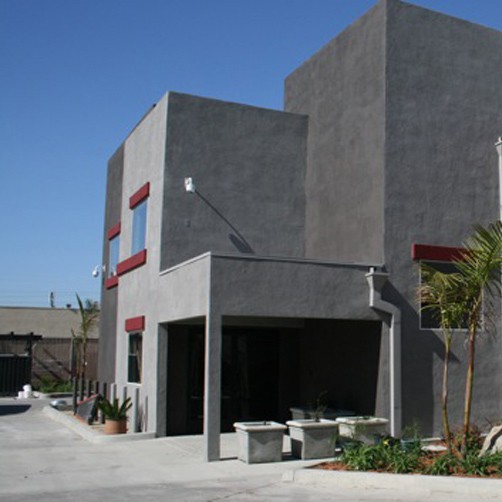
Field Time Target and Training in Stanton, CA, has teamed with Action Target to create a state-of-the-art shooting range for firearms training. The new facilities include a firearms and ammo retail store, two indoor shooting ranges, and classrooms for in-depth instruction. “Orange County is range deprived,” said Field Time owner Greg Caringella. “There was a […]
Three Keys to Getting Your Shooting Range Approved
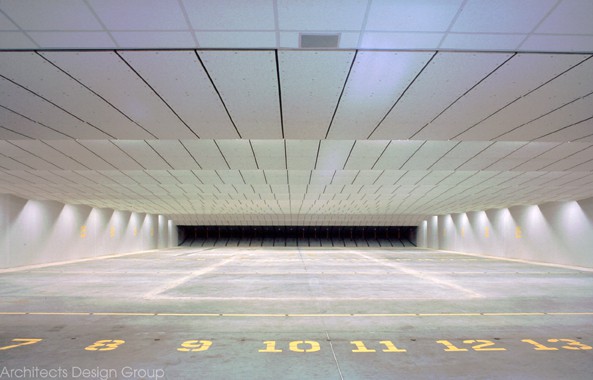
In the process of building a shooting range, perhaps the most intimidating part is getting it approved by your local government. Even after you’ve done all the work, raised all the money, and planned everything out, the final say still comes down to a handful of elected officials. Don’t let that make you feel powerless, […]
The Top 3 Things to Consider When Building a Shooting Range
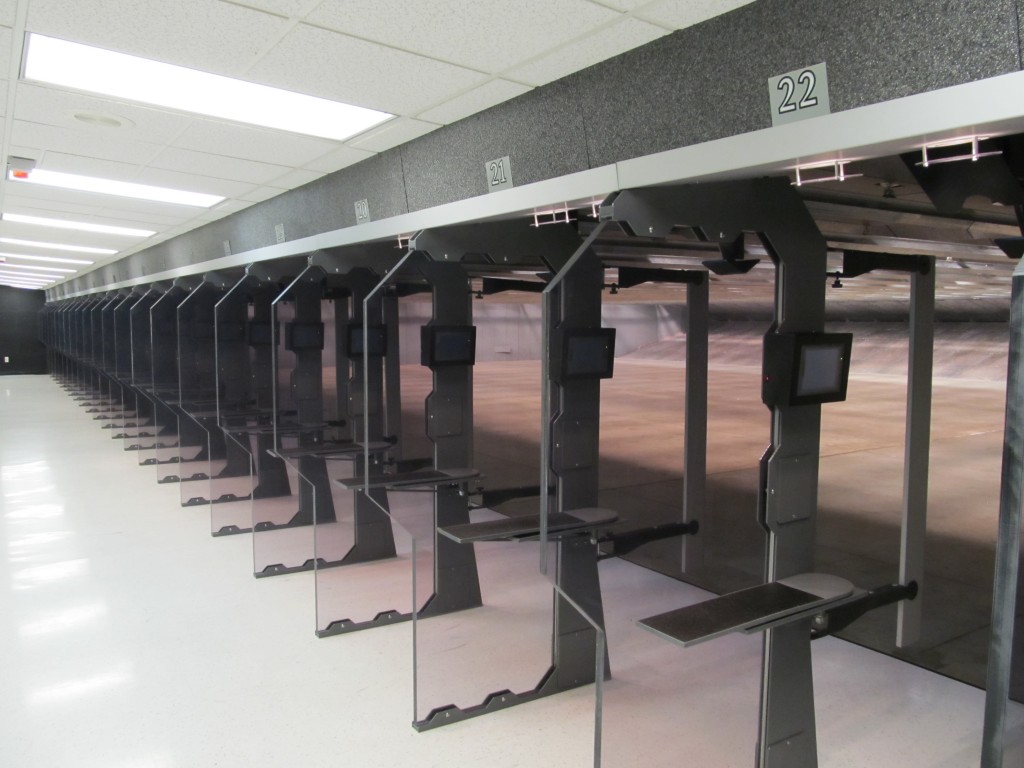
Building a shooting range is a huge endeavor that should be approached cautiously and systematically. There are many things to consider and potential issues you may have to deal with; however, don’t let that deter you. Building a shooting range is a perfectly attainable goal if you start things right. Even if you already own […]
The Timeless Debate: Law Enforcement Use of Range Facilities?
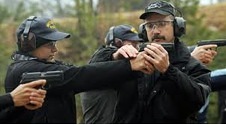
Range owners who are preparing for a new build must consider every possible revenue stream since it is their responsibility to ensure the range is profitable. During this process, many range owners believe they will be able to entice local law enforcement into using their training facilities and have this be a major source of revenue. This timeless debate–whether or not a relationship with the local law enforcement should be a major part of a range’s business plan–should be carefully considered before embarking on range construction.
Action Target Founders Named Finalist in Entrepreneur of the Year Award
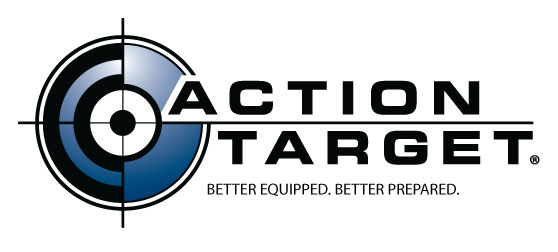
PROVO, Utah— In today’s hard-hit economy, two local Utah businessmen have been named finalists of the 2012 Ernst and Young Entrepreneur of the Year Award.
Kyle Bateman and Addison Sovine of Action Target, Inc. are among a handful of entrepreneurs to be named finalists in the Utah region, which includes Wyoming and half of Idaho. These local businessmen were selected from more than 1,700 applicants because of their significant impact on their surrounding business community.
Raising Returns on the Range
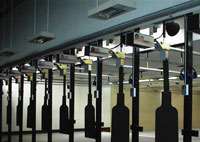
A range is a business. Despite the fact that many people end up turning range operation into a humanitarian effort by working more than 90 hours a week, it must be remembered that most people chose to run a range for the purpose of financial gain. Similarly, the goal for most facilities is to be […]
Law and Order (Part Two)

Written by Keith Mehlin Editor’s Note: This article was originally published on September 2, 2010. Due to the popularity of the article and the number of new subscribers since it originally went out, Action Target has decided to republish this two part series. (Continued from last week…)A local firm was hired for the design of […]
Shot Show’s Media Day at the Range Announces Action Target Safety Award

Las Vegas, NV — Media Day at the Range announces its partnership with Action Target to create the 2012 Media Day Safety award. This award will be given to the media day exhibitor that holds to the highest standards of safety during the shooting event on January 16, 2012. Each exhibitor will be judged by a panel of safety auditors that will score each exhibitor on their firearms safety practices during the event.
Action Target is a leading global supplier of superior shooting range products, equipment, design, manufacturing, and training for law enforcement, military, and commercial ranges. Action Target is recognized for developing innovative new firearms training technology, and for having the experience to properly apply that technology to solve today’s safety issues on firing ranges all over the world. “We have been a major supporter of Media Day at the Range for many years and being the sponsor of the 2012 safety award is an honor for us,” said Chad Burdette, Portable Target Manager for Action Target.
Action Target Renovates Ohio Indoor Range
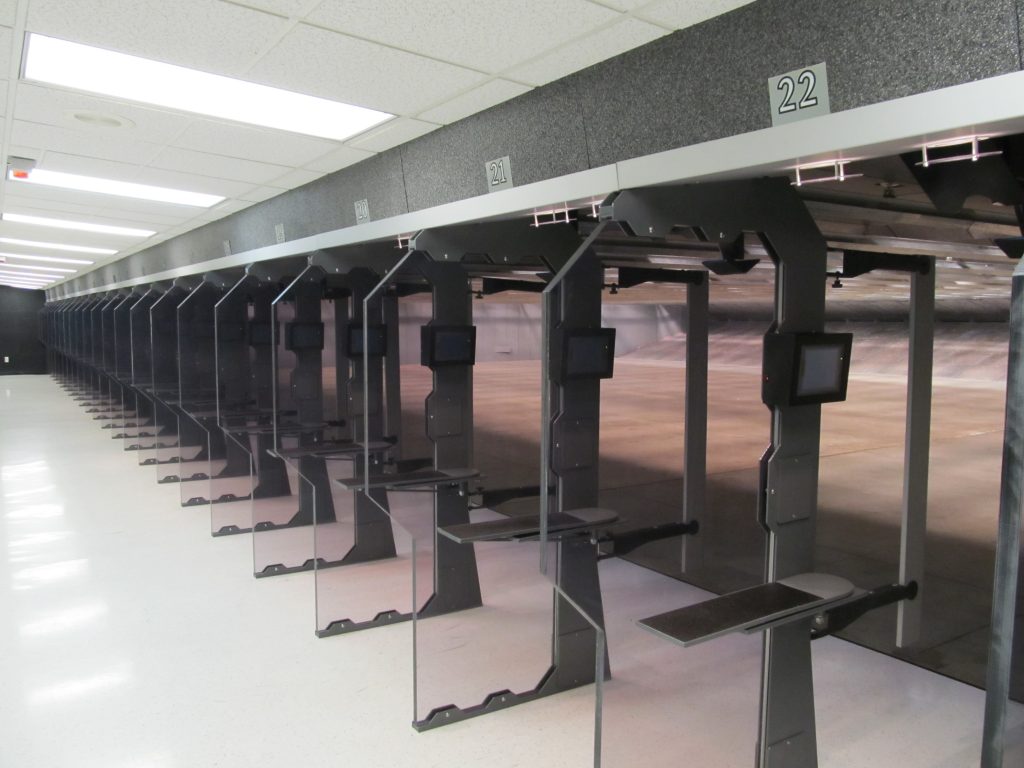
Action Target first worked with Ohio State Highway Patrol back in 1999 when we installed our “state of the art” Total Containment Trap. When it was determined the Highway Patrol would renovate the rest of their existing facility in 2011, we were contacted directly by the architect for specifications on the new equipment that would […]
Action Target Gears Up for Shot Show 2011
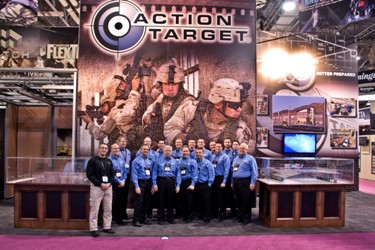
ATTENTION LAW ENFORCEMENT: Shot Show 2012 is in a month and Action Target still has meeting times available! The show is going to be held at the Sands Expo Center in Las Vegas, NV and runs from January 17-20, 2012. If you, a member of your department, or other law enforcement professional you know will […]